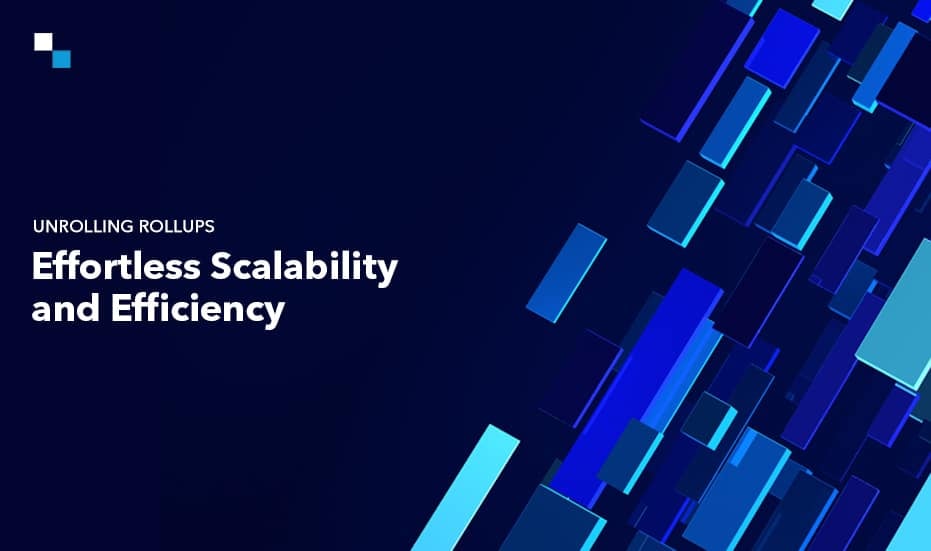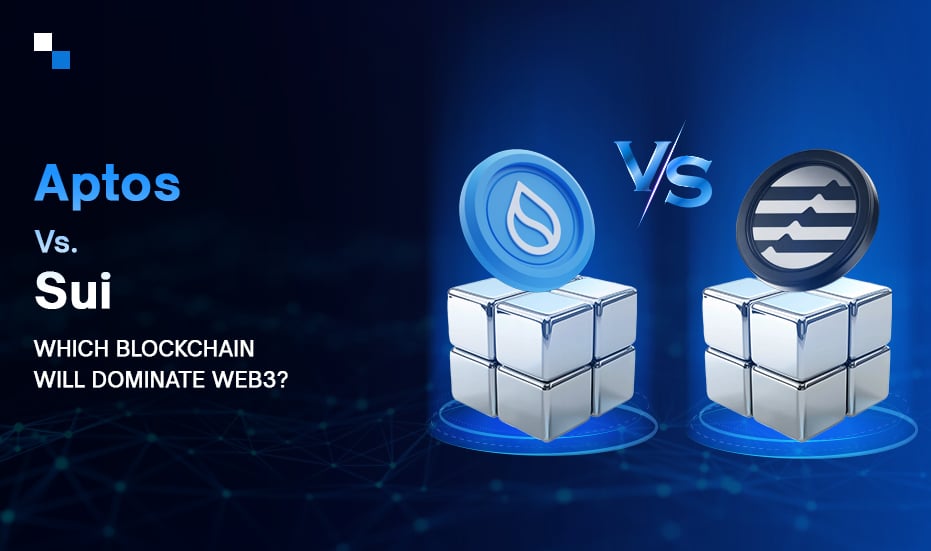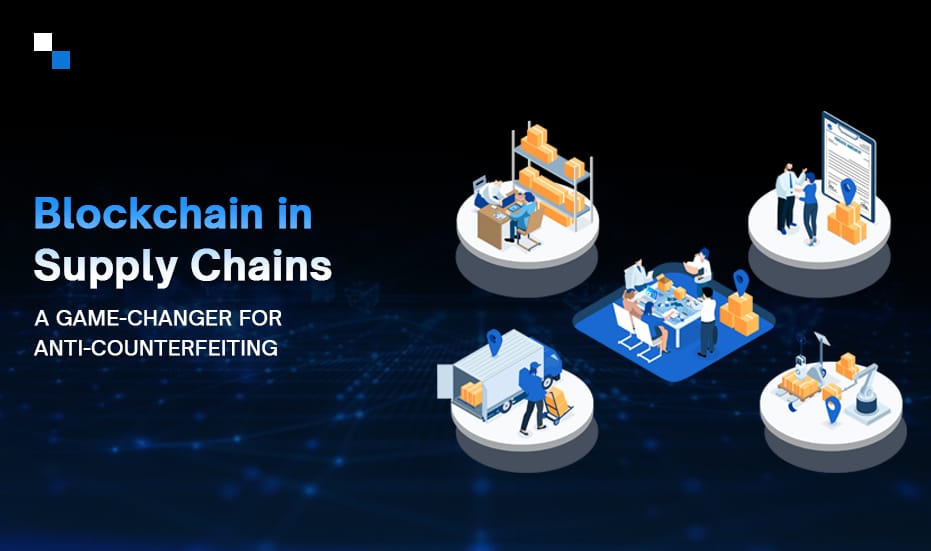Layer 1 blockchains like Ethereum are slow and expensive. Who would like to pay enormous gas fees for each transaction and stay patient until the transaction is processed successfully? That’s the reason why blockchain experts are now using layer 2 systems, commonly known as rollups. Layer 2 blockchains are much more cost-effective and faster. Blockchain Rollups handle transactions on a speedier blockchain (referred to as layer 2) and then transmit the transaction data back to the parent blockchain (layer 1 or mainnet) at a much lower cost. This implies that consumers can profit from the larger blockchain’s security in addition to the rollup’s speed and affordability. Rollups also provide scaling solutions.
Rollups as a Service (RaaS), a relatively new concept in the world of blockchain technology has come into existence with the growing popularity of layer 2 systems. It has completely changed the way we interact with the blockchain. Simply put, RaaS allows developers and businesses to easily integrate layer 2 scaling solutions in their dApps. As discussed earlier, these rollups enhances speed and efficiency of blockchain network by bundling individual transactions into a single batch and reducing the overall number of transactions on the main blockchain. This not only increases the speed of transactions but also significantly reduces the cost of gas fees.
Significance of RaaS
Rollups as a Service (RaaS) is a pre-built and managed solution that makes it easier for developers to deploy and run their custom Rollup chains for their dApps. It acts as an abstraction layer, which simplifies the complex process of building and maintaining Rollups from scratch.
Here’s the significance:
- Simplified Development :- Not everyone is expected to have a deep knowledge of layer 2 scaling solutions. RaaS simplifies the tasks of developers as they don’t have to deal with the intricacies of Rollup technology. It eliminates the need for infrastructure management, security maintenance, or complex codebase development.
- Increased Accessibility :- RaaS increases the accessibility of smarter technology to businesses, regardless of their prior blockchain experience. They find it easier to build and deploy dApps on Rollups and leverage the advantages.
- Faster Time to Market :- RaaS allows developers to launch their dApps on Rollups much faster, as they don’t have to struggle hard for development and testing.
- Cost-Effectiveness :- Relying on Rollups as a Service is more cost-effective than building and maintaining custom Rollups from scratch, especially for smaller developers or projects with limited resources.
- Easy API integration :- RaaS providers offer APIs that can be integrated into DApps to interact with the rollup solution, submit transactions, and retrieve data.
- Monitoring and analytics :- RaaS platforms provide monitoring and analytics tools to track the performance, usage, and health of rollup networks, enabling developers to optimize their applications accordingly.
How Do Layer 2 Scaling Solutions Work?
Layer 2 scaling solutions are designed to address the growing demand for faster and more efficient processing of transactions on the blockchain network. Layer 2 solutions can improve the scalability of blockchain networks significantly with the help of side chains, state channels, or any other off-chain protocol.
1. State Channels: One common type of layer 2 solution that allow participants to carry out multiple transactions off-chain and then settle the final state on the main blockchain. This way, the overall number of on-chain transactions are minimized, and it improves scalability and efficiency.
2. Side Chains: It’s another popular layer 2 solution. Side Chains are separate blockchains that runs parallel to the main blockchain and processes transactions independently. Once transactions are done on the side chain, the final state is updated on the main blockchain. It reduces network congestion and improves scalability.
Here’s how blockchain rollups work:

- Off-chain Processing :- Layer 2 solutions move some transaction processing off the main blockchain. It reduces congestion on the main chain.
- Aggregation and Compression :- These solutions compresses and bundles multiple transactions into a single package or build smaller sets of data, and reduces the amount of data to be processed on the main blockchain.
- Smart Contracts and State Channels :- Layer 2 solutions can utilize smart contracts or state channels for conducting multiple transactions off-chain. Smart contracts automate agreement execution, while state channels allow multiple transactions to occur off-chain and then submits finalized results on the main blockchain.
- Rollups : – Rollups are helpful in aggregating and processing transactions off-chain and then submit the complied results to the main blockchain for verification. Optimistic rollups assume transactions are valid unless proven otherwise, while zk-rollups use zero-knowledge proofs for validation.
- Security Measures :-Cryptographic techniques and game theory are used for ensuring security in off-chain transactions, preventing fraudulent activities and maintaining network integrity.
- Interoperability and Compatibility :- These solutions are designed to integrate seamlessly with existing blockchain infrastructure and protocols, and allows developers to leverage scalability benefits.
- Scalability :- As the large volume of transactions are handled off-chain, blockchain rollups dramatically increase the throughput and efficiency of blockchain networks.
- Reduced Fees :- Layer 2 solutions are meant for off-chain processing and aggregation, which help reduce transaction fees by minimizing the load on the main blockchain.
- Improved User Experience :- Faster transaction times and lower fees enhance the overall user experience. It makes blockchain applications more accessible and user-friendly.
- Decentralization Preservation :- Although transactions are processed offchain with Layer 2 solutions but it still maintains decentralization by ensuring that security and consensus mechanisms remain intact.

What do Rollups as a Service (RaaS) providers offer developers and enterprises?
Rollups as a Service providers simplify the process of building and deploying custom blockchain rollups (also called AppRollups) by offering a comprehensive set of tools and services.
Here’s what you can expect from a Rollups as a Service:
1. Infrastructure and Deployment
Developers don’t have to set up and manage their own Rollup infrastructure, which includes validators, sequencers, and prover nodes. RaaS providers help reduce development time significantly by handling the intricacies. RaaS platforms often offer a user-friendly interface that allows developers to deploy their custom blockchain rollups with a few clicks.
2. Development Tools and Features :- Developers get an easy access to pre-built smart contract libraries and templates specifically designed for rollups, as a part of layer 2 scaling solutions.
3. Security and Reliability :- RaaS platforms comes with built-in security features, which includes fraud proofs and dispute resolution mechanisms. RaaS providers employ encryption, authentication, and access control mechanisms to protect against security threats and ensure uninterrupted operation.
4. Monitoring and analytics tools :- Rollups as a Service providers help developers optimize their dApps by offering tools for monitoring the performance of the Rollup chain, tracking gas fees, and analyzing user behavior.
5. Cost Optimization :– Developers and enterprises only pay for the resources they use. This can be cost-effective for smaller projects or those with fluctuating transaction volumes. Use of blockchain rollups results in significantly lower transaction fees compared to deployment of dApp directly on the main chain (e.g., Ethereum).
6. API Integration :– RaaS platform offer APIs (application programming interfaces) that can be integrated into blockchain applications and systems. These APIs enable seamless interaction with the rollup solution, allowing for the submission of transactions, retrieval of data, and integration with other services.
7. Upgrades and Maintenance :- Rollups as a Service provider handle upgrades, patches, and maintenance tasks associated with rollup infrastructure. It ensures that developers and enterprises always have access to the latest features, improvements, and security patches, without the need for manual intervention.
Final Thoughts
In recent years, the concept of Rollups as a Service (RaaS) has gained significant traction in the world of technology and finance. This innovative approach has revolutionized the way businesses handle their finances and utilize their data. They can outsource the entire process of implementation and management of layer 2 scaling solutions and get freed from the intricacies. This means that businesses no longer have to invest in their own infrastructure and resources to implement blockchain rollups, as it can now be done by specialized service providers.
Antier, a prominent RaaS provider helps businesses to enjoy increased productivity and efficiency, as they no longer have to focus on the technical aspects of setting up rollups. Our services encompass seamless rollup deployment, robust security measures, developer support, and scalability solutions. Eager to try our services? Get in touch with us now!





